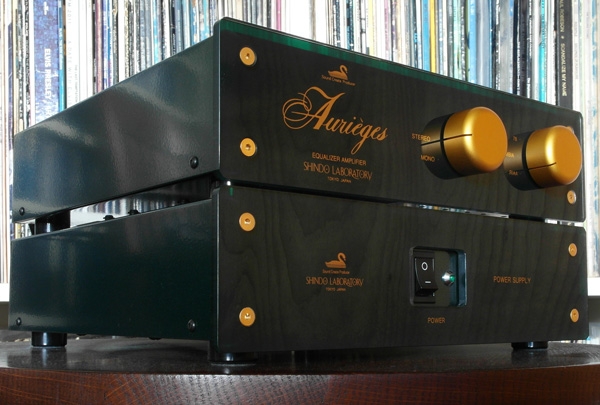| Columns Retired Columns & Blogs |
How is it loaded with the resistors on the Lundahls? What is the gain? What cartridges did you use it with? EMT? Shindo? SPU? Where was the Masseto volume control at, with your amps at their typical gain position? There just isn't enough info here about what gear it would work well with?
Despite the ability to play 78's and do mono, it appears to be specifically targeted to the Aurieges-L or Vosne - Romanee with the SPU Shindo cartridge. It just seems way too limited to me vs. using a SUT in most other cases.







































